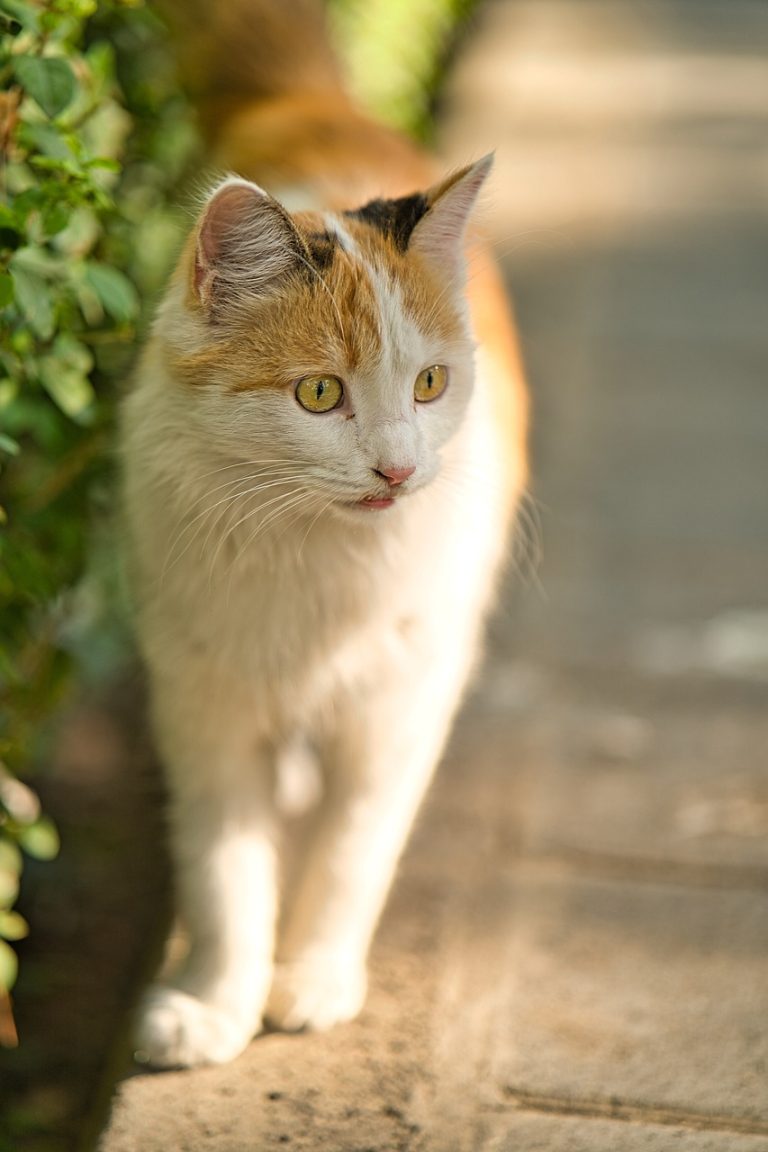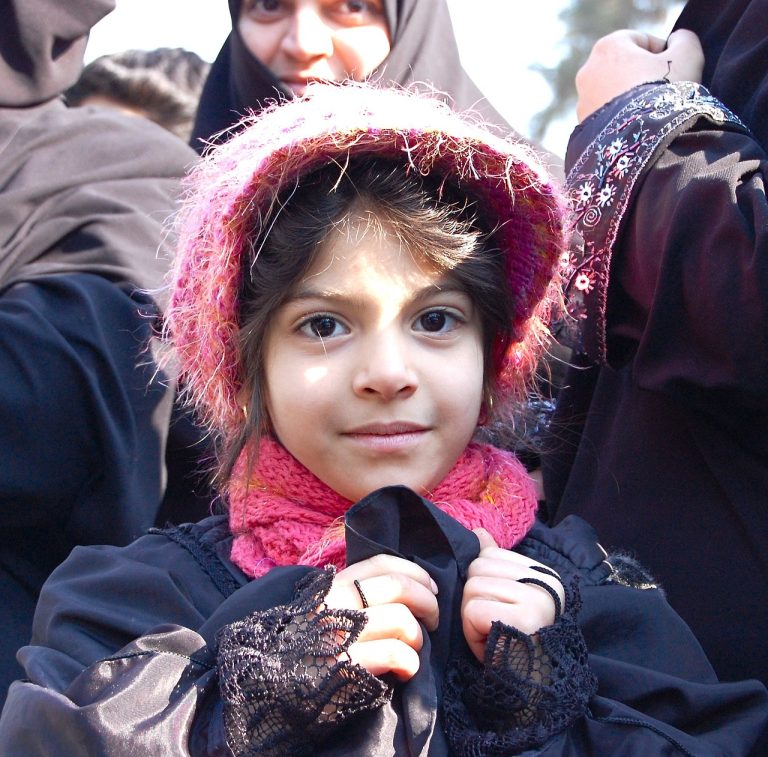Tehran Iran Video
Top Attractions in Tehran, Iran
Tehran, the capital city of Iran, is a vibrant and bustling metropolis with a rich history and culture. From ancient palaces to modern skyscrapers, Tehran offers a diverse range of attractions that cater to all interests. Whether you are a history enthusiast, an art lover, or a foodie, Tehran has something for everyone. In this article, we will explore the top attractions in Tehran, providing you with detailed information to help you plan your visit.
Golestan Palace
- Golestan Palace Complex: The Golestan Palace Complex is a UNESCO World Heritage Site and one of Tehran’s most iconic landmarks. It consists of several palaces, museums, and gardens, showcasing the opulent lifestyle of Persian royalty. The complex dates back to the Qajar era and is known for its stunning architecture, intricate tilework, and beautiful gardens.
- Marble Throne Hall: The Marble Throne Hall is the centerpiece of the Golestan Palace Complex. It features a magnificent throne made of yellow marble, adorned with exquisite mirrorwork and intricate carvings. The hall was used for important ceremonies and receptions during the Qajar era.
- Ethnographic Museum: Located within the Golestan Palace Complex, the Ethnographic Museum displays a fascinating collection of traditional Persian costumes, jewelry, and artifacts, providing insight into the diverse cultures and traditions of Iran.
- Abanbar Khajeh Nezam al-Molk: This historic underground water reservoir, also known as a qanat, is located within the Golestan Palace Complex. It showcases the ingenuity of Persian engineering and served as a vital water source for the palace and surrounding areas.
- Badgir (Windcatcher) Building: The Badgir Building is a unique architectural feature of the Golestan Palace Complex. It consists of windcatchers, traditional Persian ventilation systems, which cool the air and provide natural ventilation within the building.
Tehran Grand Bazaar
- Historic Market: The Tehran Grand Bazaar is one of the oldest and largest covered markets in the world, dating back to the 10th century. It spans over 10 kilometers of interconnected streets and alleys, offering a vibrant atmosphere filled with shops, stalls, and vendors selling a variety of goods, including spices, textiles, handicrafts, and traditional Persian carpets.
- Architecture: The architecture of the Tehran Grand Bazaar is a blend of traditional Persian and Islamic styles. The intricate tilework, vaulted ceilings, and grand entrances create a visually stunning environment.
- Souvenirs and Crafts: The bazaar is a treasure trove for souvenir shopping, with a wide range of traditional crafts and handmade products available. Visitors can find Persian carpets, miniature paintings, copperware, pottery, and intricate textiles.
- Traditional Food: The Tehran Grand Bazaar is also a culinary delight, with numerous food stalls and restaurants offering traditional Persian cuisine. Visitors can indulge in mouthwatering kebabs, aromatic saffron rice dishes, and an array of sweets and pastries.
- Cultural Experience: Exploring the Tehran Grand Bazaar provides a unique cultural experience, allowing visitors to immerse themselves in the vibrant atmosphere, interact with locals, and witness the bustling trade and commerce of the city.
Niavaran Cultural Complex
- Niavaran Palace: The Niavaran Palace is a former royal residence located in a vast complex surrounded by beautiful gardens. It served as the summer residence of the last Shah of Iran and his family. The palace showcases a blend of traditional Persian and modern architectural styles.
- Art Collection: The Niavaran Cultural Complex houses a remarkable collection of art, including paintings, sculptures, and decorative arts. The artworks represent various periods of Iranian history and feature renowned Iranian artists.
- Sahebqaraniyeh Palace: Within the Niavaran Cultural Complex, the Sahebqaraniyeh Palace is a must-visit. It is a stunning example of 19th-century Persian architecture and features magnificent frescoes, intricate woodwork, and exquisite tilework.
- Private Apartments: Visitors can explore the private apartments of the royal family, gaining insight into their lifestyle and the opulence of the era. The interiors are adorned with luxurious furnishings, Persian carpets, and fine artworks.
- Beautiful Gardens: The Niavaran Cultural Complex is surrounded by lush green gardens, offering a serene and peaceful environment. Visitors can enjoy leisurely walks, relax by the fountains, and admire the colorful flowers and trees.
Saadabad Palace Complex
- Former Royal Complex: The Saadabad Palace Complex is a vast complex consisting of several palaces and museums. It was the summer residence of the royal family and is now open to the public as a museum complex.
- White Palace (Shahvand Palace): The White Palace is the main palace within the Saadabad Complex. It was the residence of the last Shah of Iran and his family. The palace showcases a blend of European and Persian architectural styles.
- Green Palace (Ahmad Shahi Pavilion): The Green Palace is another notable palace within the complex. It served as the residence of Ahmad Shah, the last Qajar king of Iran. The palace is known for its stunning interiors, including intricate mirrorwork and delicate stucco decorations.
- Museums: The Saadabad Palace Complex is home to several museums, including the Museum of Fine Arts, the Museum of Royal Vehicles, and the Museum of Nations. These museums house a wide range of artworks, historical artifacts, and royal collections.
- Beautiful Park: The Saadabad Palace Complex is surrounded by a vast park, offering a tranquil escape from the city’s hustle and bustle. Visitors can enjoy picnics, take leisurely strolls, and admire the lush greenery.
Milad Tower
- Iconic Landmark: Milad Tower is the tallest tower in Iran and one of the tallest towers in the world. It stands at a height of 435 meters and offers panoramic views of Tehran.
- Observation Deck: The tower features an observation deck on the top floor, providing visitors with breathtaking views of the cityscape. On a clear day, one can see the sprawling city and the surrounding mountains.
- Revolving Restaurant: Milad Tower is home to a revolving restaurant, offering a unique dining experience. Visitors can enjoy delicious Persian cuisine while enjoying the ever-changing views of Tehran.
- Shopping Mall: The base of Milad Tower houses a large shopping mall, offering a wide range of international and local brands. Visitors can shop for clothing, electronics, and souvenirs.
- Entertainment Facilities: Milad Tower also features entertainment facilities, including a cinema complex, a bowling alley, and an indoor amusement park, making it a popular destination for families.
Tehran Museum of Contemporary Art
- Modern Art Collection: The Tehran Museum of Contemporary Art is home to an extensive collection of modern and contemporary artworks. It houses works by renowned Iranian artists, as well as international artists such as Picasso, Warhol, and Van Gogh.
- Permanent Collection: The museum’s permanent collection includes paintings, sculptures, photography, and installations. It provides a comprehensive overview of the development of modern and contemporary art in Iran.
- Special Exhibitions: The Tehran Museum of Contemporary Art hosts regular special exhibitions, showcasing the works of emerging artists and exploring various themes and artistic movements.
- Architecture: The museum building itself is a work of art, designed by Iranian architect Kamran Diba. Its unique architectural features and spacious galleries provide an ideal setting for the display of contemporary art.
- Art Education Programs: The museum offers educational programs, including workshops, lectures, and guided tours, aimed at promoting art appreciation and nurturing young talent.
Tehran Nature Bridge
- Bridge and Park: The Tehran Nature Bridge, also known as Tabiat Bridge, is a pedestrian bridge that connects two parks: Taleghani Park and Abo-Atash Park. It serves as a recreational space and a popular gathering spot for locals and tourists.
- Architectural Marvel: The bridge’s unique design, with its undulating curves and multiple levels, has made it an architectural icon. It offers stunning views of the surrounding parks, the Alborz Mountains, and the city skyline.
- Green Spaces: The parks connected by the Tehran Nature Bridge provide ample green spaces for picnics, jogging, and leisurely walks. Visitors can relax amidst the lush vegetation and enjoy the tranquility of nature.
- Cafes and Restaurants: The bridge features several cafes and restaurants where visitors can enjoy a meal or a cup of tea while taking in the scenic views.
- Outdoor Activities: The Tehran Nature Bridge hosts various cultural and recreational activities, including live performances, art exhibitions, and outdoor movie screenings.
Niavaran Park
- Scenic Park: Niavaran Park is a vast green space located next to the Niavaran Palace Complex. It offers a peaceful retreat from the city and is a popular spot for picnics and leisure activities.
- Botanical Garden: The park is home to a beautiful botanical garden, showcasing a diverse collection of plants and flowers. Visitors can explore the garden’s winding paths and enjoy the fragrance and colors of nature.
- Lake and Waterfall: Niavaran Park features a serene lake and a picturesque waterfall, adding to its natural beauty. Visitors can relax by the lake, feed the ducks, or simply enjoy the soothing sound of flowing water.
- Children’s Playground: The park has a dedicated area for children, with playgrounds, swings, and slides, making it an ideal destination for families.
- Walking Trails: Niavaran Park offers well-maintained walking trails, allowing visitors to take leisurely walks and enjoy the fresh air. The park’s peaceful ambiance and scenic views make it a popular spot for exercise and relaxation.
National Museum of Iran
- Rich Historical Collection: The National Museum of Iran is home to an extensive collection of artifacts, spanning thousands of years of Persian history. It showcases the cultural heritage and archaeological treasures of Iran.
- Ancient Artifacts: The museum’s collection includes ancient pottery, metalwork, sculptures, and jewelry, providing insights into the artistic and technological achievements of ancient civilizations.
- Pre-Islamic Era: The museum features exhibits from the pre-Islamic era, including artifacts from the Elamite, Achaemenid, Parthian, and Sassanian civilizations. These exhibits offer a glimpse into the rich history of Persia.
- Islamic Art: The National Museum of Iran also houses a significant collection of Islamic art, including exquisite calligraphy, illuminated manuscripts, and decorative arts from various periods.
- Interactive Displays: The museum incorporates interactive displays and multimedia presentations, enhancing the visitor’s understanding of Iran’s history and cultural heritage.
Conclusion
Tehran, Iran’s capital, is a city that seamlessly blends its rich history and cultural heritage with modern developments. The top attractions in Tehran, such as the Golestan Palace, Tehran Grand Bazaar, Niavaran Cultural Complex, Saadabad Palace Complex, Milad Tower, Tehran Museum of Contemporary Art, Tehran Nature Bridge, Niavaran Park, and the National Museum of Iran, offer a diverse range of experiences for visitors. Whether you are interested in history, art, architecture, or simply immersing yourself in the vibrant atmosphere of this dynamic city, Tehran has something for everyone.
References:
- golestanpalace.ir
- tehranbazaar.com
- niavaran.com
- saadabadpalace.ir
- miladtower.ir
- tmoca.com
- tabiatbridge.com
- niavaranpark.com
- nationalmuseumofiran.ir
Tehran Iran Image 1:

Tehran Iran Image 2:
Tehran Iran Image 3:







